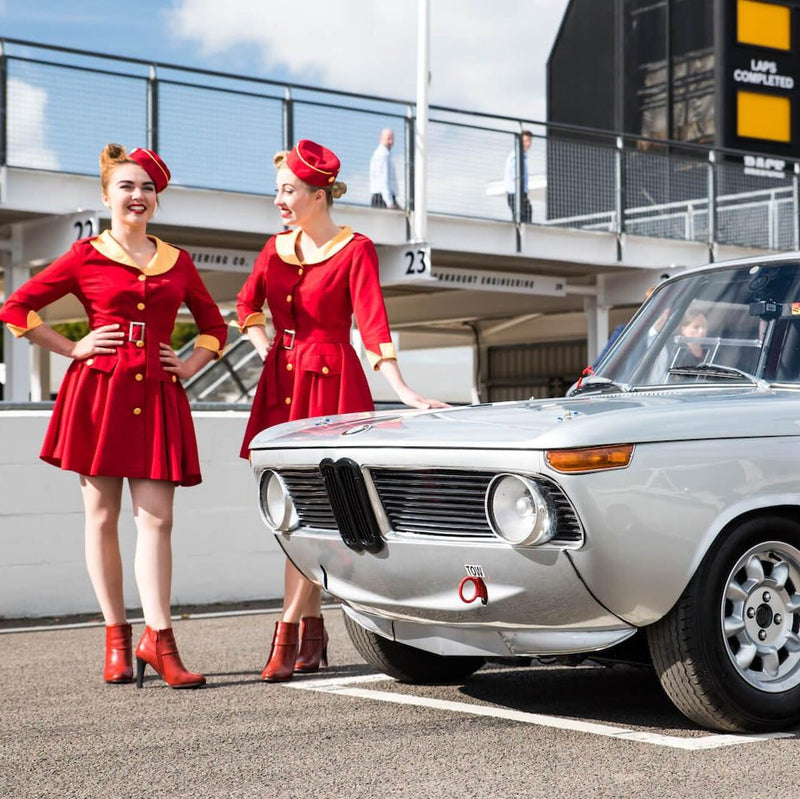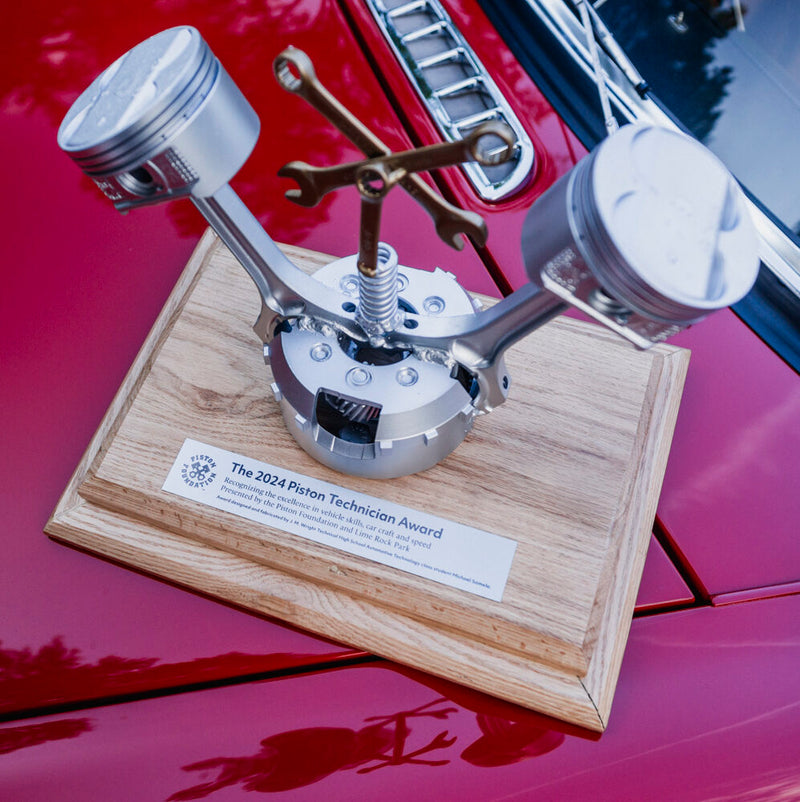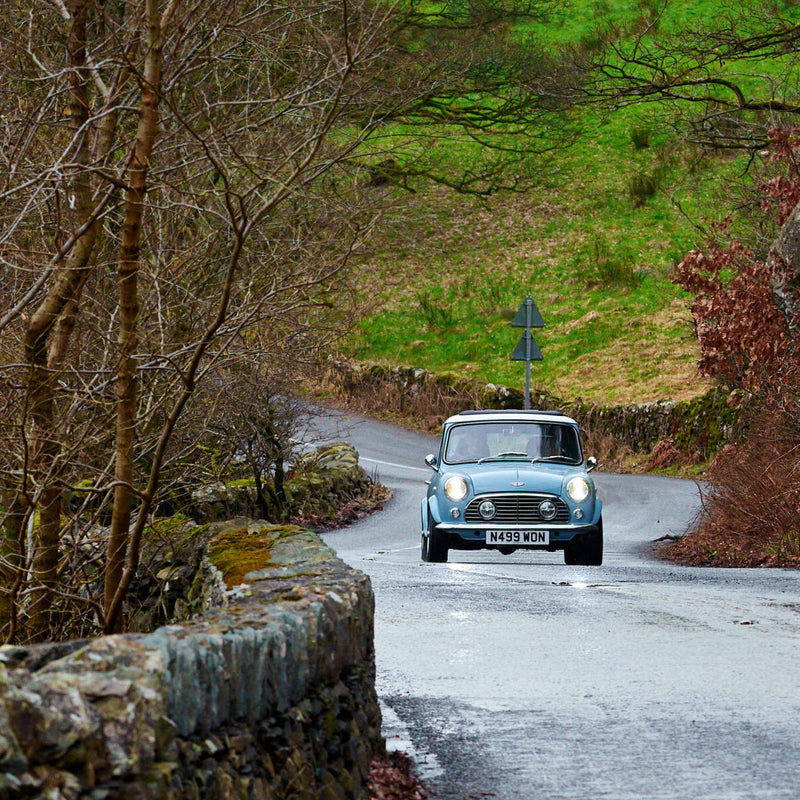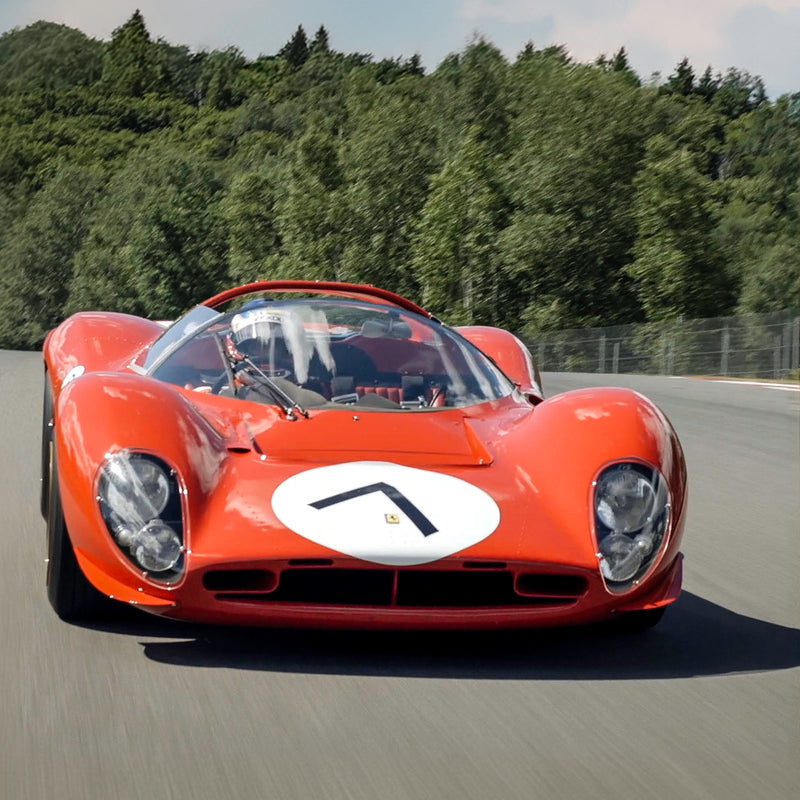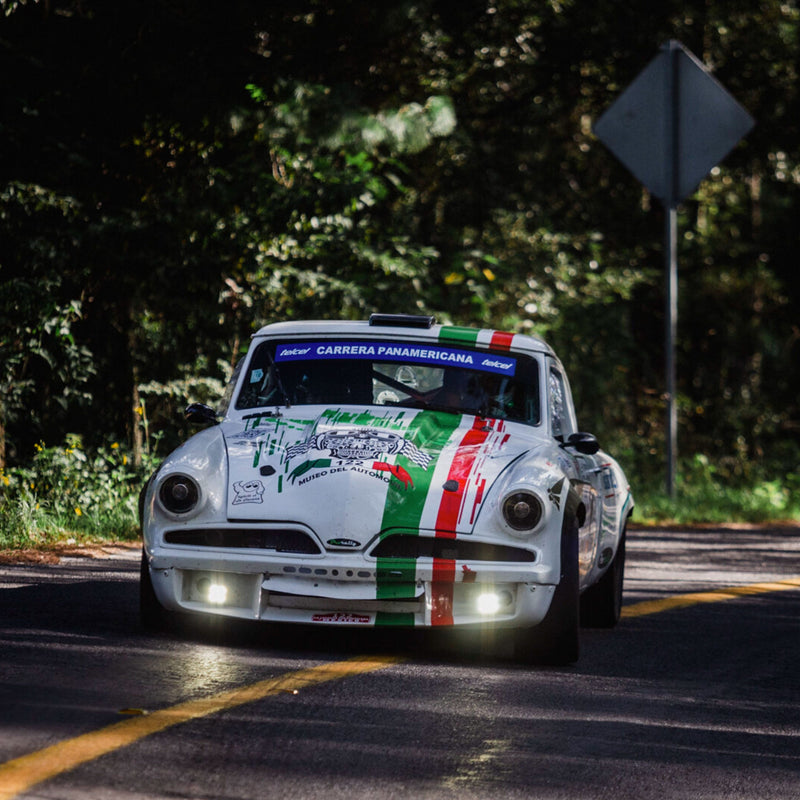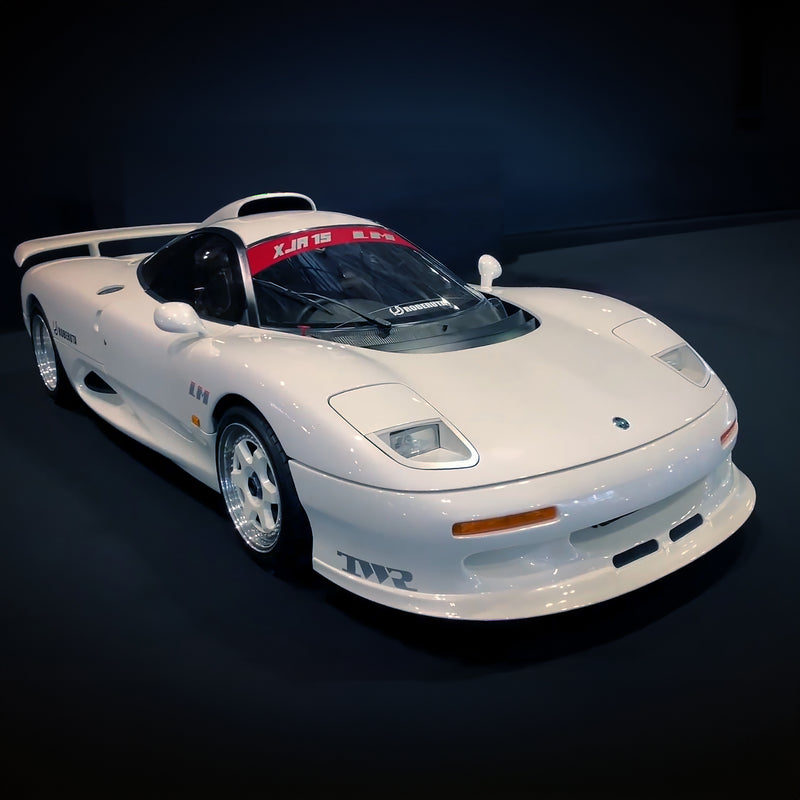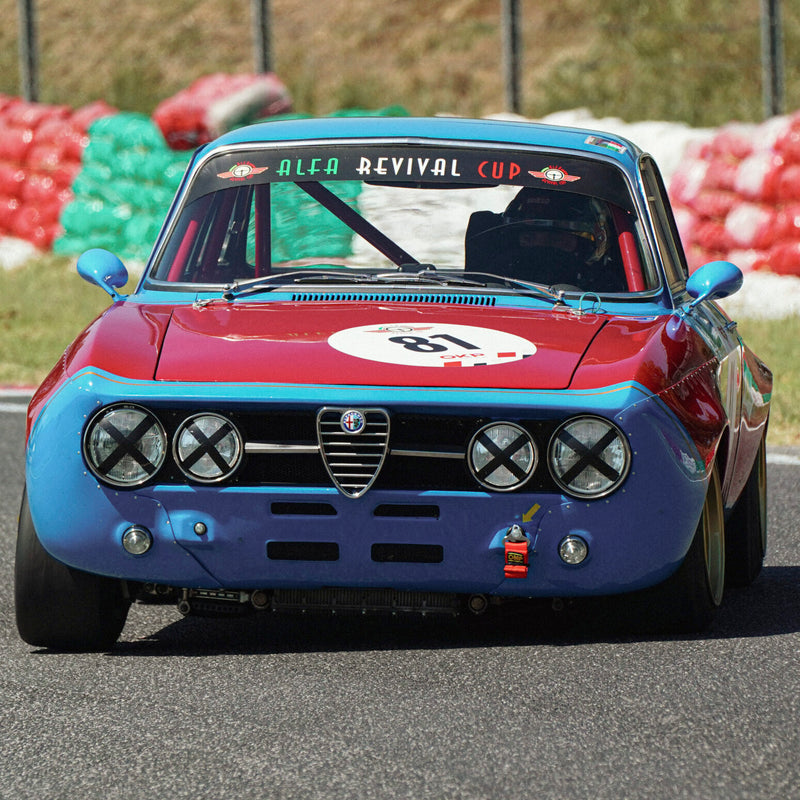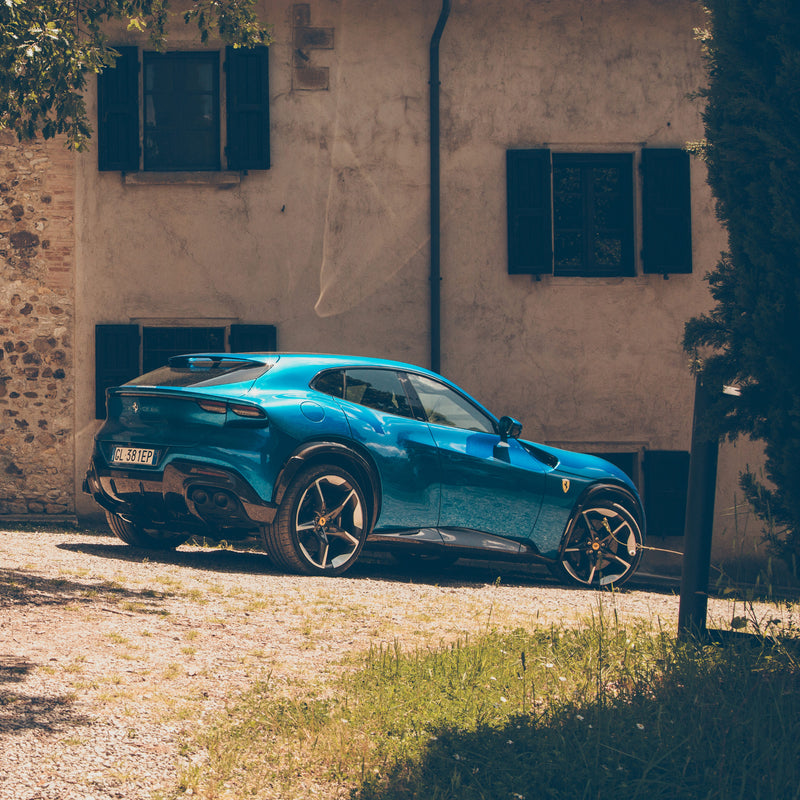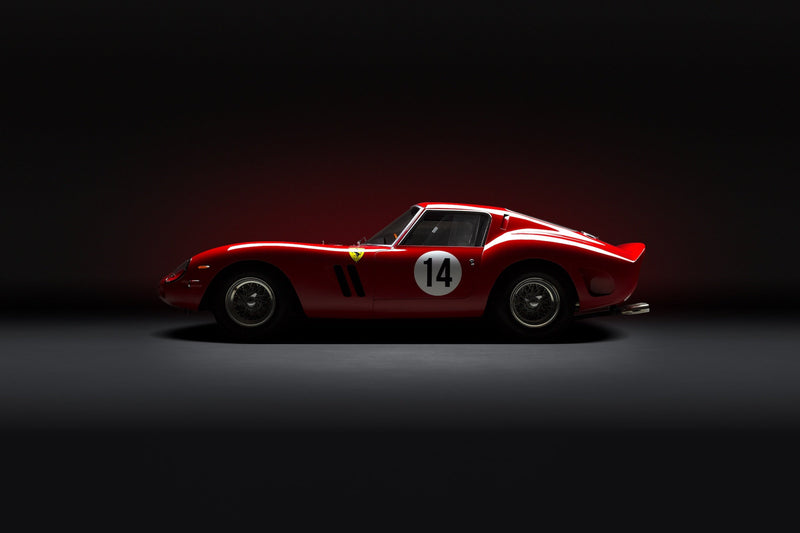Imagine yourself aiming to restore a famous, valuable, lovely classic car. And imagine that Iran was the only producer of these kinds of machines. Finding that sort of project car would likely be very difficult in your own country; not only would it be hard to find but also more expensive and with fewer to choose from.
This is all normal if you’re an Iranian trying to find and restore a car in Iran—and it gets much more difficult from there!
You would have to decide immediately…and pay an unfair price quickly to acquire the car. After purchasing the car, now it’s time to start resurrecting it. If you know “Farsi”, the speaking language of Iranians, it would be great to search on the internet for parts—otherwise you are almost out of the game.
Internet speeds are usually as fast as a dead horse in Iran, and websites are filtered. Now, what if you know Farsi and after hours of wrestling with internet, you finally find in Iran all of the needed spare parts?
You may contact the Iranian company by mail or phone, and they refuse to take your order. Why? The Iranian government may have told them you are dangerous people. What else could you do? Easy: find a friend who lives in Iran, or pretend you are calling them from another country—anything to get the company to agree to take your order and send you an invoice.
The going rate for these transactions is always fluid, so you have to do it fast. Now, you have a car that you paid too much for, you have spent time to learn Farsi…and to find missing parts with a not-so-smooth internet. You have an agreed price for the of spare parts, and you have your money ready in your hands, the process is finished and it’s time to start your restoration.
No. Sorry, the Iranian government has sanctioned you, and there is no way to send money to Iran, because no bank would do that.
Alright, relax, and pay a friend in cash who travels to Iran, and he hopefully accepts to do it for you as a favor. You get your spare parts finally? Again, no! You get them, but miles away from home, so now you need to send them through the post or ship them from another country.
Problem? Iran is sanctioned, and no companies will deal with you! A way around that is if you have some friends or families in another country that will still deal with Iran—but now you’re paying for shipping twice!



Most rely on smugglers, and leaving parts in their pockets and waiting to see what happens. You surely ask: “Why don’t you do things legally, then?” Well, if you trust the law of your country to be stable, and change all the packages to pretend they’re from somewhere else, and pay all the taxes, go for it!
The final problem? If you had not changed the license plate into the new format before 2011, there is no chance to do it now: the system for licensing these sorts of vehicles is shut down!
Many enjoy their classics anywhere but the streets: all that money and love is spent only to make the garage a bit prettier.
The above is a story of almost every surviving classic car in Iran. Nice subject to make a film about, Isn’t it? Iranian classic car enthusiasts have been living this “film” for years, without things changing. The doors of Iran was almost shut to the world for decades, and what media shows of it is unfortunately not all of what’s going on there—not every one of the 70 million people in Iran shout “Down with America,” but a small but powerful part of it do.
I was getting lots of emails and messages from people of different nations who were amazed after watching a recent CBS report about American classic cars in Iran.
Friends were shocked to watch it, and they were amazed to know there exists people who drive a Dodge Daytona instead of shouting: “Down with America”—in fact, that Daytona owner shouts, “Viva America!” It is time to show the world a different point of view from Iran, especially untold stories of classic cars and Iranian car culture—and how people keep the history alive.
I have never seen camels in the streets of Tehran—everybody asks about that. What I see daily are Ford Mustangs, Chevrolet Camaros, and Dodge Challengers which could only have remained here after decades of love, not of hate.
Next time you watch TV, remember there’s always a different point of view. And the next time you want to talk about real car enthusiasm, think about how difficult it would be to get, say, an alternator or oil filter for a classic muscle car if you lived in Tehran!
Most rely on smugglers, and leaving parts in their pockets and waiting to see what happens. You surely ask: “Why don’t you do things legally, then?” Well, if you trust the law of your country to be stable, and change all the packages to pretend they’re from somewhere else, and pay all the taxes, go for it!
The final problem? If you had not changed the license plate into the new format before 2011, there is no chance to do it now: the system for licensing these sorts of vehicles is shut down!
Many enjoy their classics anywhere butthe streets: all that money and love is spent only to make the garage a bit prettier.
The above is a story of almost every surviving classic car in Iran. Nice subject to make a film about, Isn’t it? Iranian classic car enthusiasts have been living this “film” for years, without things changing. The doors of Iran was almost shut to the world for decades, and what media shows of it is unfortunately not all of what’s going on there—not every one of the 70 milion people in Iran shout “Down with America,” but a small but powerful part of it do.
I was getting lots of emails and messages from people of different nations who were amazed after watching a recent CBS report about American classic cars in Iran.
Friends were shocked to watch it, and they were amazed to know there exists people who drive a Dodge Daytona instead of shouting: “Down with America”—in fact, that Daytona owner shouts, “Viva America!” It is time to show the world a different point of view from Iran, especially untold stories of classic cars and Iranian car culture—and how people keep the history alive.
I have never seen camels in the streets of Tehran—everybody asks about that. What I see daily are Ford Mustangs, Chevrolet Camaros, and Dodge Challengers which could only have remained here after decades of love, not of hate.
Next time you watch TV, remember there’s always a different point of view. And the next time you want to talk about real car enthusiasm, think about how difficult it would be to get, say, an alternator or oil filter for a classic muscle car if you lived in Tehran!
Photography by:Alireza Behpour, Nasser Jafarzadeh, Reza Mahjoori, Mohammad Ghashghavi, Farhad Ghasemi, Arad Vafaie, Mohammad Ghashghavi, Shaho Hejazy























































